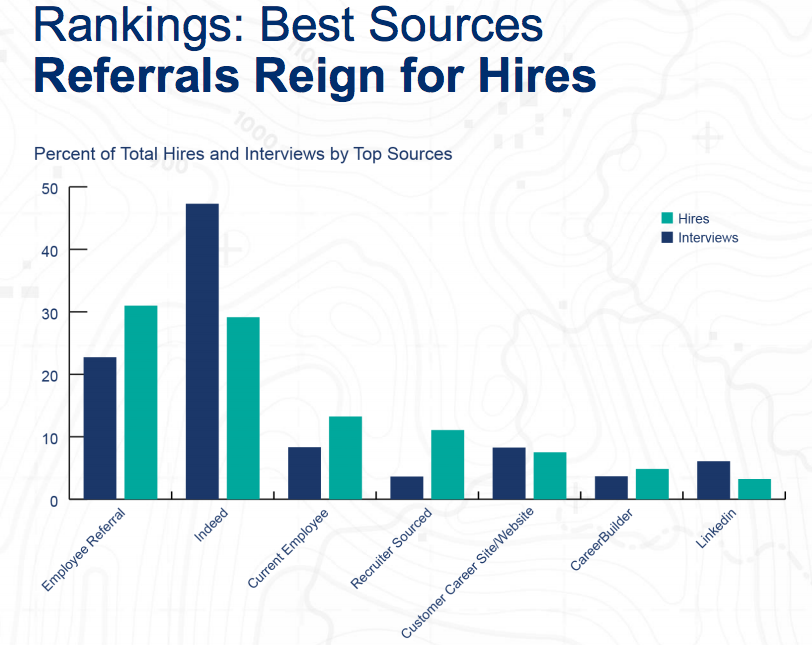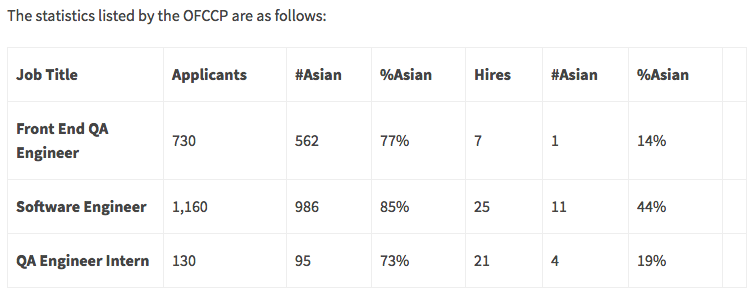At the WorkHuman conference, Adam Grant, author of “Originals: How Non-Conformists Rule the World” gave an informing and entertaining keynote, but one question he asked really stood out for me over everything else.
It was the concept of asking the leaders in your company this one question:
“How will you kill this company?”
Actually, go through the exercise of determining every way you could possibly kill your company. List them out, talk about them, brainstorm, etc. The reality is, it’s easier to do this exercise than it is when you ask, “How will you save this company?”
It’s super powerful, right!?
When we tell people we need you to come up with ways to save, or better, our company, you get massive groupthink and really very little ever comes from all of that work and effort. When you ask them how they could kill it, you’ll be amazed at the ideas and creative ways they can kill your company!
Our reality is if we can think of ways to kill our companies, we now know many of our true competitive pressures that we face. It’s a fascinating leadership exercise that has real value.
You’ll find employees and leaders who never have anything to share all of sudden become very involved in how they personally could kill the company! These are things they fear, but never come out and say, since we would probably view them as doomsayers and such. Now, you set them free to share how they think the company will go bad!
What this exercise does is allow organizations to open up the conversation around getting creative when it comes to how we’ll actually save the company. These ideas need to be just as creative, just as outlandish. Those are the things that save companies, not just continuing down a path of destruction and now wanting to hurt a leader’s feelings that their plan might be crap!
It’s funny, and I bet like me when you read the question you can instantly think of ways you could kill your company. What is way harder is asking yourself the second question and thinking how will I save this company? For some reason, those ideas don’t come as quickly and passionately.
We have to train ourselves and those around us to think differently when it comes to how we’ll save ourselves. It’s easy to kill, it’s really hard to save, or so we think! We fall into the trap of believing our ideas about saving the company will be taken seriously, and our ideas about killing the company are just a joke.
They’re both very serious. Your company can die, just as easy as it can grow and prosper if your leadership team is willing to listen freely without judgment to each other and to your staff. We tend to get sucked into one idea will save the company and all focus and energy only go to that. We put all of our eggs into one basket.
So, how will you kill your company?


